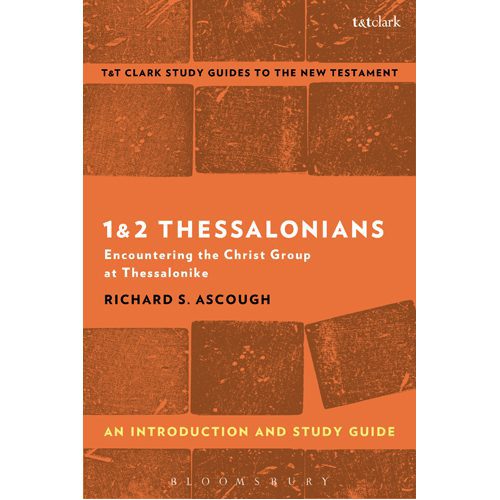
1 & 2 Thessalonians: An Introduction and Study Guide: Encountering the Christ Group at Thessalonike – Paperback
Backorder Item Notice
Please note the expected date shown above is a guideline only. Backorder items will typically arrive within the next 2 months, however, in some instances they may take longer. Any orders that contain a Backorder Item will not be dispatched until all items in the order are available. Please keep this in mind before you place any orders that contain both in-stock and Backorder items. Please place a separate order to receive in-stock item(s) sooner!
For more information please see our Backorder FAQs.
Synopsis
1 Thessalonians provides a fascinating glimpse into the origins and social life of the Christ group in the ancient Roman city of Thessalonike, while 2 Thessalonians reveals how the community developed at a somewhat later time. This guide narrates the story of the founding of the group by considering the social and cultural contexts, the literary form, the rhetorical strategies, the theologies, and the reception of the two canonical letters.
While centering on the texts of 1 and 2 Thessalonians themselves, Ascough draws widely on literary and archaeological data, giving particular attention to typical group behaviours among small, unofficial associations in the Greek and Roman period. The first four chapters focus on 1 Thessalonians, from the initial formation of the Christ group out of a small association of artisans through to how members negotiated various sorts of relationships: with Paul and his companions, with outsiders in Thessalonike and beyond, and especially with fellow believers within the group itself. The final two chapters turn attention to the shifting circumstances that required a second letter to be written, with its focus on disorder and disruption of social practices and theological beliefs. The epilogue briefly surveys Christianity at Thessalonike beyond the 1st century.
This guide presents an overview of the historical development of the Christ group at Thessalonike. Moving beyond treating the canonical letters as simple repositories of theological opinions, Ascough demonstrates how 1 and 2 Thessalonians reveal ordinary life in ancient Roman cities. In so doing, he invites readers to enter the world of one of the many fascinating communities of Christ believers in the 1st century of the Common Era.
